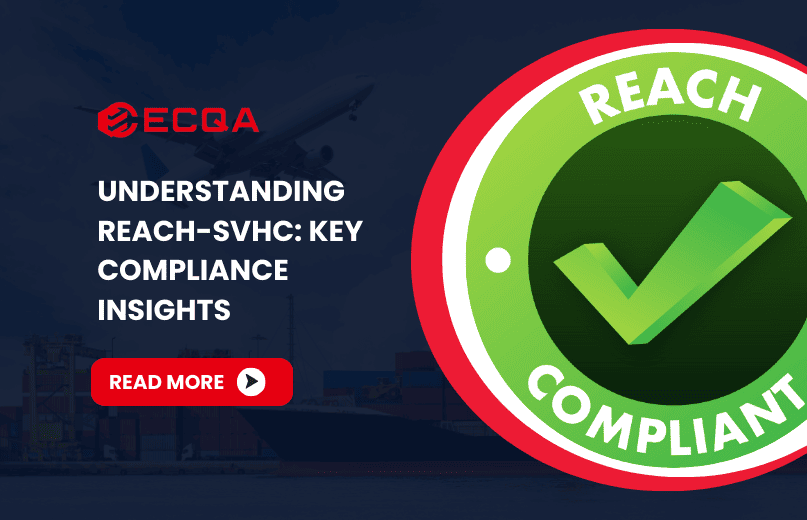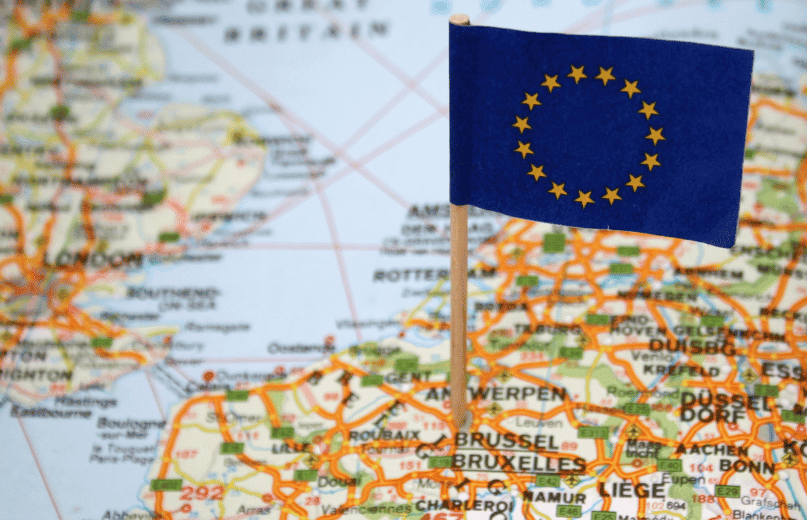
Understanding REACH-SVHC: Key Compliance Insights

The REACH regulation, an acronym for Registration, Evaluation, Authorization, and Restriction of Chemicals, stands as one of the most rigorous chemical safety frameworks globally. Central to REACH is the management of Substances of Very High Concern (SVHC)—chemicals identified as posing significant risks to human health and the environment.
These SVHCs include substances that are carcinogenic, toxic for reproduction, persistent, bioaccumulative, or otherwise harmful. Managing these substances throughout manufacturing and supply chains is not just a regulatory requirement; it is a critical step to ensuring product safety and sustainability.
Why REACH-SVHC Matter?
Ignoring or underestimating REACH-SVHC obligations can lead to severe legal and financial repercussions. Companies found non-compliant face heavy fines, mandatory product recalls, and costly business disruptions. Beyond legal consequences, non-compliance can damage brand reputation, erode customer trust, and limit access to vital markets, particularly the European Union.
Moreover, REACH-SVHC compliance aligns closely with growing global emphasis on sustainable business practices. Proactively identifying and managing SVHCs signals responsibility, helping businesses gain competitive advantages and foster long-term resilience.
What is REACH-SVHC
Definition and Purpose
REACH is the European Union’s chemical regulatory system designed to protect human health and the environment from hazardous substances while promoting innovation and competitiveness. Within REACH, SVHCs are a select group of substances that demand heightened scrutiny due to their dangerous properties.
Criteria for SVHC Classification
To qualify as an SVHC, a substance typically meets one or more of the following criteria:
- Carcinogenic, Mutagenic, or Toxic for Reproduction (CMR)
These substances cause or may cause cancer, genetic mutations, or reproductive harm, representing serious health risks. - Persistent, Bioaccumulative, and Toxic (PBT)
Chemicals that remain in the environment for long periods, build up in living organisms, and exhibit toxic effects. - Very Persistent and Very Bioaccumulative (vPvB)
Even more persistent and bioaccumulative than PBTs, making their environmental impact especially concerning. - Substances of Equivalent Concern
This includes chemicals that may not fit the above categories but have other serious effects, such as endocrine disruption.
The SVHC Candidate List
The European Chemicals Agency (ECHA) maintains an authoritative Candidate List of SVHCs that is updated regularly. The process for adding substances to this list involves rigorous scientific evaluation and public consultation.
For businesses, the implications are significant:
- Once a substance is listed, companies must notify ECHA if it is present in products above 0.1% weight by weight (w/w) and manufactured or imported in quantities exceeding 1 tonne per year.
- Suppliers must inform downstream users and consumers about the presence of SVHCs in products.
- Substances on the Candidate List are often candidates for future Authorization or Restriction under REACH, potentially limiting or banning their use.
Why REACH-SVHC Compliance Matters for Businesses
1. Avoid Legal and Financial Penalties
Non-compliance with REACH-SVHC regulations can result in:
- Substantial fines and enforcement actions imposed by EU authorities.
- Mandatory product recalls, halting sales and damaging supply chains.
- Legal disputes and costly remediation measures that drain resources.
These consequences can cripple operations, especially for companies with extensive EU market exposure.
2. Enhance Brand Reputation and Customer Trust
Consumers and business partners increasingly demand transparency and responsibility. Committing to SVHC compliance sends a clear message that your company values:
- Safety: Protecting end-users from harmful substances.
- Sustainability: Minimizing environmental impact.
- Ethical Standards: Upholding regulatory and social expectations.
Such commitment can be leveraged as a competitive differentiator, helping brands build loyalty in environmentally conscious markets.
3. Access to Global Markets
The European Union is one of the largest and most influential consumer markets worldwide. SVHC compliance is often a prerequisite for market entry:
- Non-compliant products risk being stopped at customs or barred from sale.
- Exporters who demonstrate robust REACH adherence gain easier access to EU and associated markets.
- Compliance reduces the risk of trade barriers and helps maintain smooth international operations.
4. Mitigate Supply Chain Risks
Modern supply chains are complex and global. Identifying SVHCs throughout your supply chain is essential to:
- Avoid unexpected regulatory breaches due to supplier oversight.
- Establish transparent communication channels with suppliers regarding chemical content.
- Ensure consistent compliance even as regulations evolve or new SVHCs are added.
This proactive approach reduces operational risk and builds resilience against regulatory shocks.
Navigating the complexities of REACH-SVHC compliance is essential for safeguarding your business from legal risks, protecting your brand reputation, and maintaining seamless access to critical markets like the EU. Staying ahead means not only understanding the regulations but also actively managing and verifying the chemical content throughout your supply chain.
That’s where ECQA’s SVHC testing services come in. With our comprehensive, accurate, and timely testing solutions, you gain clear insights into the presence of SVHCs in your products and materials—empowering you to make informed decisions, ensure compliance, and minimize supply chain risks.
Partnering with ECQA now allows your business to confidently meet REACH requirements, reduce potential disruptions, and reinforce your commitment to sustainability and safety.

 Request Free Sample Report
Request Free Sample Report